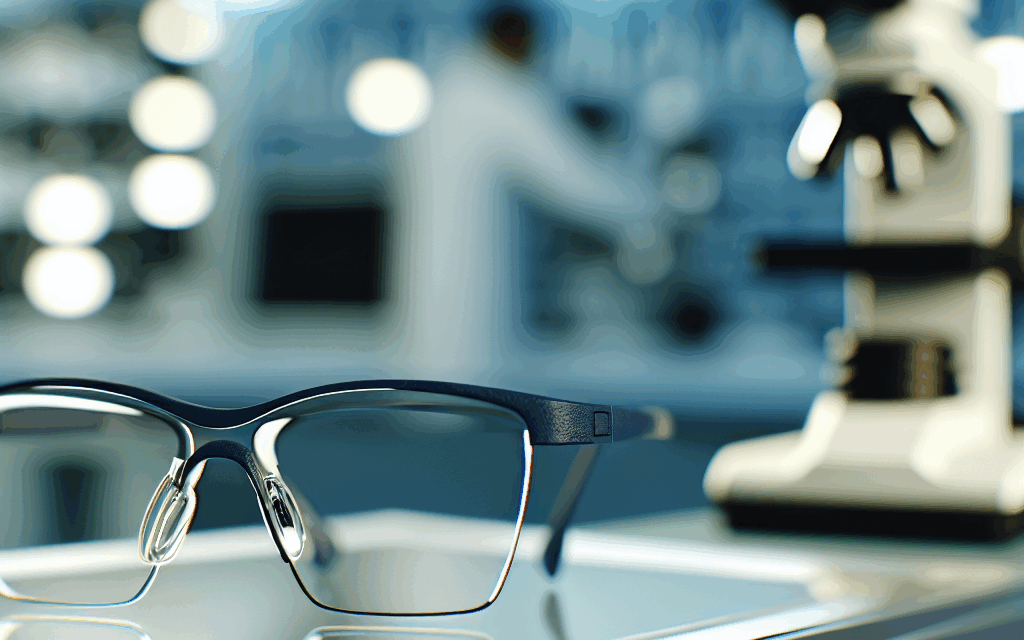Summary
As laboratory environments evolve, the adequacy of traditional safety eyewear is under scrutiny. Emerging hazards like aerosolized chemicals and laser equipment demand upgraded protection. This article explores current eyewear efficacy, highlights comfort issues, evaluates new standards, and provides essential safety tips for laboratory technicians.
In today’s evolving laboratory environments, the adequacy of traditional safety glasses is being questioned. As new equipment and chemical processes introduce fresh hazards, the protective gear once deemed sufficient may no longer provide the necessary defense. Emerging threats such as aerosolized chemicals, high-throughput machinery, and advanced laser equipment present unique risks that challenge the status quo of lab safety.
Typically crafted from polycarbonate materials, standard safety glasses have historically provided ample protection against direct impact. However, with increased usage of equipment that generates fine particulates or utilizes laser technology, this conventional protective gear may fall short. According to ANSI/ISEA Z87.62‑2021 (approved July 2021), for the first time there is a standardized method to test eye and face protection devices for resistance to spray or spurt of blood or bodily fluids, reflecting increased concern in healthcare and lab settings—especially after COVID‑19—about protection from this specific biohazard exposure scenario.
One modification is the introduction of eyewear that offers a greater seal around the eyes to protect against splashes and aerosols. Enhanced side shields and wrap-around designs are also being integrated into newer models, providing greater coverage. However, the challenge remains ensuring that these enhanced protective measures do not compromise a technician’s comfort, as discomfort can lead to reduced compliance in wearing protective gear consistently.
Balancing Safety, Comfort, and Compliance
Technicians often prioritize comfort alongside safety, as eyewear that is not worn properly or consistently becomes ineffective. Discomfort due to poorly fitting glasses or inadequate ventilation can discourage technicians from keeping their eyewear on, exposing them to potential hazards.
Advancements in ergonomics have led to the development of lightweight materials and adjustable fitting options, aimed at increasing wearability without compromising safety. Anti-fog coatings have also improved dramatically, further enhancing visibility and comfort for laboratory personnel working in varied and humid conditions.
As new protective technologies become available, it is crucial for laboratory technicians to remain informed about regulatory updates and the availability of superior protective solutions. Organizations such as the National Institute for Occupational Safety and Health (NIOSH) offer resources and guidelines that assist in determining the most suitable eyewear for specific laboratory environments.
Furthermore, fostering a culture of safety includes regular training and updates, ensuring that staff are not only aware of the hazards they face but also educated on the latest protective gear available. By investing in high-quality, comfortable eyewear and maintaining a proactive approach to safety training, laboratories can minimize risks while enhancing workplace safety and productivity.





